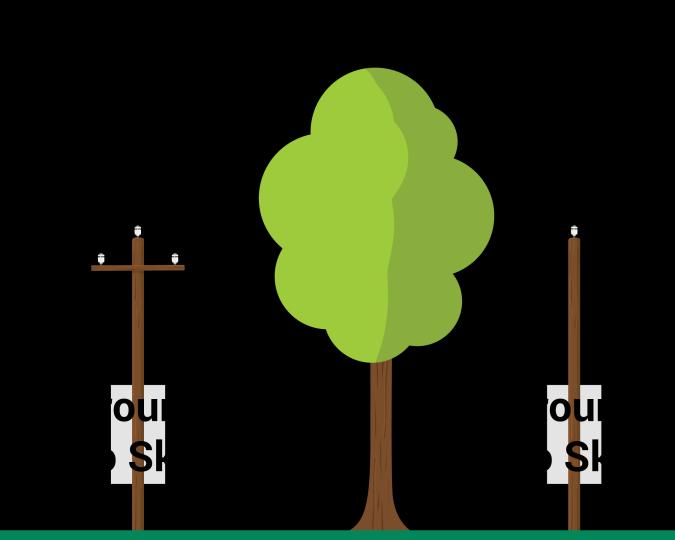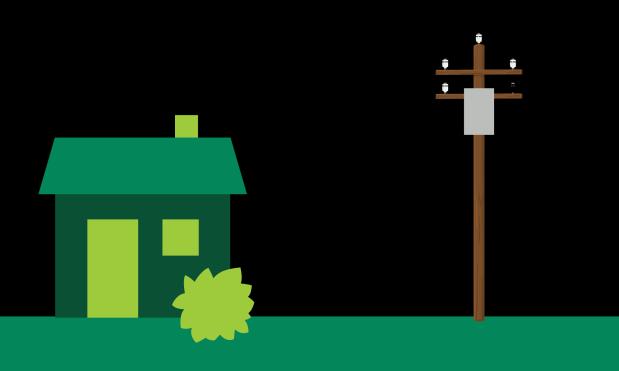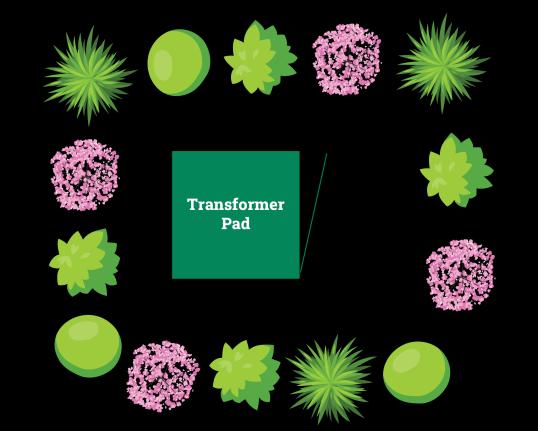
2 minute read
How We Trim
Our tree trimming contractor adheres to guidelines established by the Utility Arborist Association, Tree Care Industry Association, and the National Electric Safety Code.
All our crews undergo professional training to identify and address hazardous situations, employing proper pruning techniques to mitigate risks.
We employ directional pruning, removing entire branches or limbs back to the main tree trunk or a significant lateral branch. This method guides future growth away from power lines, minimizes re-growth, and preserves the tree’s aesthetic appeal.
We avoid tree topping, as this practice can lead to rapid height regain and the development of numerous, weak sprouts susceptible to breakage and storm damage.
PRIMARY LINES - Main Power Lines
DCREMC clears branches from the ground to the sky, with no limbs hanging above or below the lines. The protected zone is 15 feet on either side of the outermost wire—from ground level all the way up.

SERVICE LINES - Secondary Power Lines
These smaller lines are more resistant to tree contact. The homeowner is responsible for trimming near them.

UNDERGROUND LINES - Pad-Mount Transformers
“Those green boxes in your yard” - DCREMC needs access to these for maintenance and emergency repairs. The area should be clear of trees, plants, fences, or other obstructions 12 feet in front and 5 feet on other sides.


